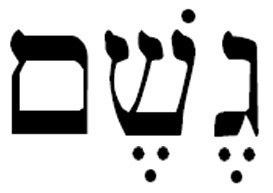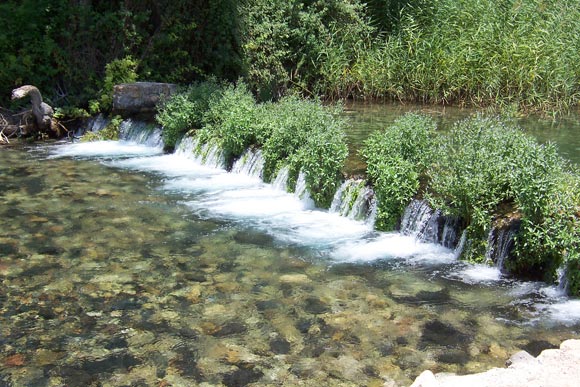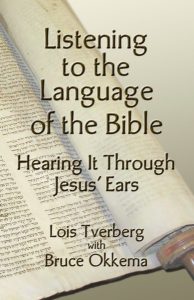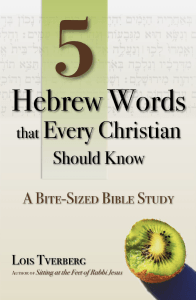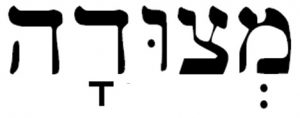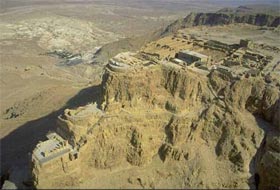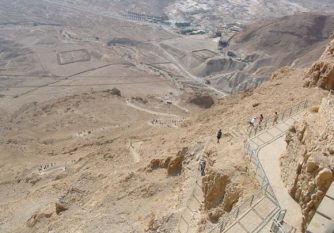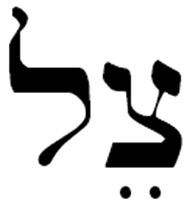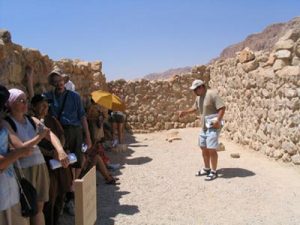by Pastor Ed Visser
“Israel was sandwiched between the superpowers to the north and south, and very often they were lunch.” That cleverly phrased statement by Wink Thompson, one of our teacher-guides on my trip to Israel, sums up a crucial truth about the land and history of Israel. The land in which God placed his people was, and still is, a land between.
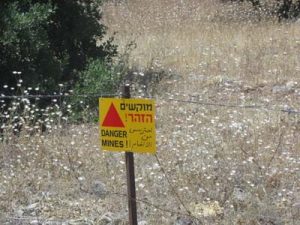 Israel is a land between the Mediterranean Sea to the west, the Arabian Desert to the east. Both proved difficult for travel. Early ships were not made to survive the raging sea, especially in the fall and winter months. And people were not made to bear the intense heat and dryness of the
Israel is a land between the Mediterranean Sea to the west, the Arabian Desert to the east. Both proved difficult for travel. Early ships were not made to survive the raging sea, especially in the fall and winter months. And people were not made to bear the intense heat and dryness of the
forbidding desert. Israel, then, served as a narrow land bridge between these areas.
But a land bridge for whom? Early cultures settled where they could survive, and survival in this region means water. Most of the dominant nations grew up around rivers. Around the Tigris and Euphrates to the north, Assyria, Babylon and Persia became powers. To the south, the Nile River became the source of life for Egyptians. These two regions form the northern and southern arms of the Fertile Crescent, and they needed each other’s products to survive. So Israel became the land bridge for trade between the main nations of the world.
The major trade route, the via maris, cut right through its heart. Entering the land to the north near Hazor, the via maris wound through Capernaum in Galilee, through the E-W Valley of Jezreel via Megiddo, then down the coastline on its way to Egypt.
Kings soon realized that if you control world trade, you could rule the world. And to do that, you had to rule Israel. For most of its history, Israel has been a land under occupation. Whether Egypt, Assyria, Babylon, Persia, Greece, or Rome, in the biblical period, or Muslim Arabs, Turks, Crusaders, Ottomans, or Brits since that time, the land and people of Israel have had few respites from foreign control.
Today, for one of the few times in history, Israel is actually an independent nation, winning their independence in 1948. Yet, Israel remains a land between. In the northern Golan region, we traveled right near the Syrian border (watch out for the mine fields from 1967 war!). At Dan we could look into Lebanon. From Masada the hills of Jordan were very clear across the Jordan River. To the south, Egypt looms large. If you extend the circle wider, large and hostile Arab countries are in range (as Iraqi Scud missiles proved in 1991).
Yet even within their land, Israel finds itself between a growing number of Palestinian Arabs who believe the land is theirs. We passed through the West Bank and its military checkpoints several times. The wall being built around it stands like a giant scar in the land.
So why did God lead Abraham and Moses to this land? Two divine reasons stand out:
- The land between tests your faith and reliance on God.
- The land between gives you an opportunity to influence the world by your faith as they pass by.
God still places us in a land between as we confront our culture and its influences. And he gives us the challenge of complete reliance on him, as we seek to witness to our culture about the true God who rules the world.

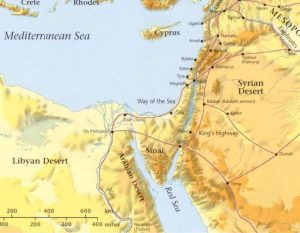
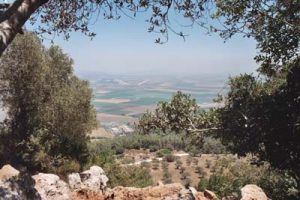
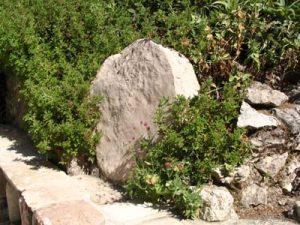 When you visit Jerusalem, you’re directed to two competing sites for the crucifixion and burial of Jesus. The oldest site, the Church of the Holy Sepulcher, is near the center of the present-day Old City. Destroyed and rebuilt a number of times, parts of the church date back to 135 AD, although the site itself is known to be the center of liturgical celebrations for 35 years after Jesus’ death. It is the traditional site of and divided among six groups: Catholic, Armenian, Coptic, Greek Orthodox, Syrian, and Ethiopian churches.
When you visit Jerusalem, you’re directed to two competing sites for the crucifixion and burial of Jesus. The oldest site, the Church of the Holy Sepulcher, is near the center of the present-day Old City. Destroyed and rebuilt a number of times, parts of the church date back to 135 AD, although the site itself is known to be the center of liturgical celebrations for 35 years after Jesus’ death. It is the traditional site of and divided among six groups: Catholic, Armenian, Coptic, Greek Orthodox, Syrian, and Ethiopian churches.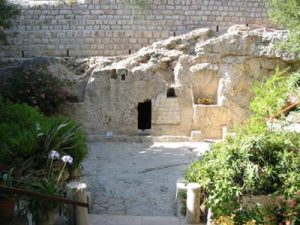
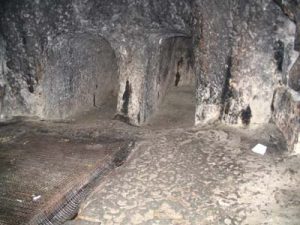 built over an old quarry (usual crucifixion site; you can see the chisel marks) and has a an interesting tomb in its basement (below the ornate one of Jesus) which is called the tomb of Joseph of Arimathea. The style of this tomb matches that of other first century tombs in the area. Is this Jesus’ tomb? Who knows, but at least it fits the biblical & historical facts better. But ultimately, the most important fact is that the tomb is empty and our Lord is living!
built over an old quarry (usual crucifixion site; you can see the chisel marks) and has a an interesting tomb in its basement (below the ornate one of Jesus) which is called the tomb of Joseph of Arimathea. The style of this tomb matches that of other first century tombs in the area. Is this Jesus’ tomb? Who knows, but at least it fits the biblical & historical facts better. But ultimately, the most important fact is that the tomb is empty and our Lord is living!